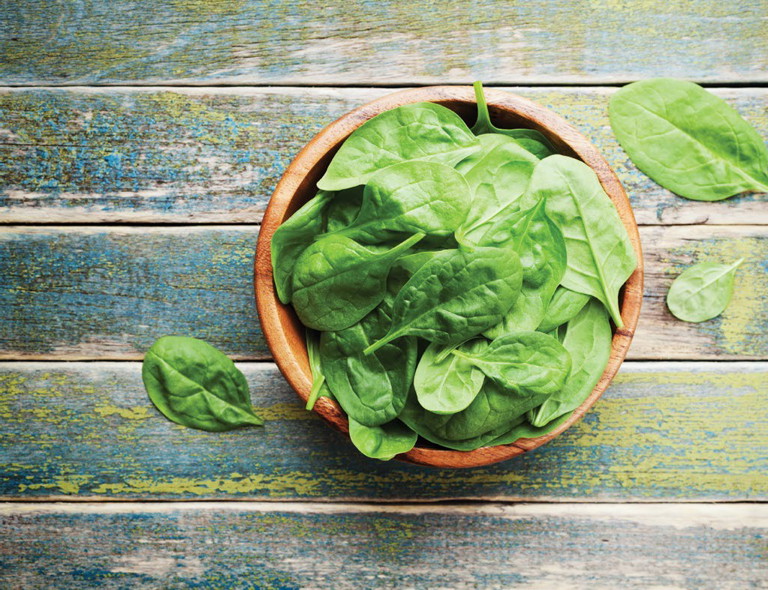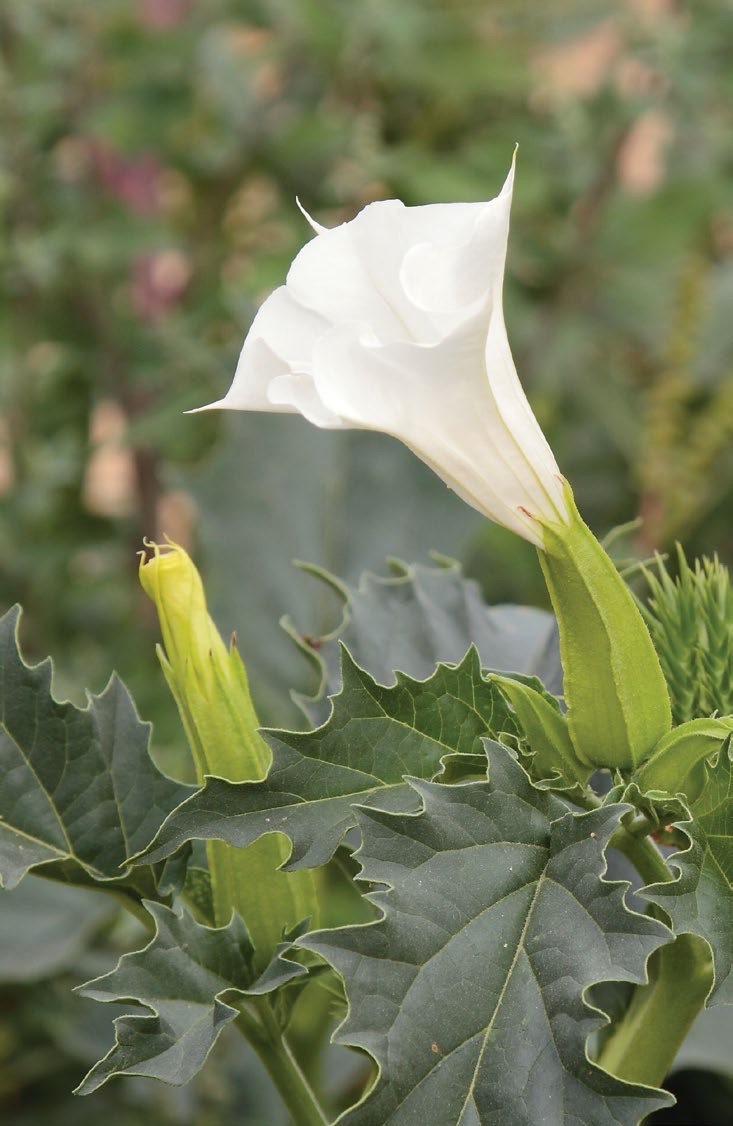
No risky
business

BY JOEL DINSDALE
QUALITY ASSURANCE
COORDINATOR,
VEGETABLESWA
Play it safe with simple checks that will protect your business, customers and the public.
A foodborne illness intoxication outbreak, which was linked to fresh baby spinach contaminated with the toxic weed thornapple (Datura stramonium), occurred in December 2022. This is an example of a food-safety risk that growers and other supply chain participants may not be familiar with. However, they must seek to mitigate the risks to protect their business, customers and the public. So how do you go about doing that?
The answer in brief is not a simple silver bullet and there is no blanket fix that will completely remove the risks. Each business should conduct risk assessments as per the principles of HACCP to identify control points that can be assessed to create assurances. However, there are tools that you can utilise and/or create to provide assurances that products are sound and safe for consumption, they are: receival inspections, quality checks, retention samples and final product release inspections.
“ The answer [to mitigating risks] is not a simple silver bullet and there is no blanket fix that will completely remove the risks. ”
If you are certifying to a GFSI-accredited program, such as Freshcare, SQF and perhaps bolting on the HARPS addendum, then it is likely that you are undertaking and documenting some of, or all, these checks as part of your compliance activities. If this is the case, you can look to focus your activities to capture events as they happen. For those who are not, you can set up these checks yourself. Use the simple checks below throughout the supply/production chain to help to avoid an incident in the future.
Preharvest/receival inspections
All products/ingredients supplied (including raw produce, packaging, inputs, etc) should be inspected to ensure they meet predetermined product specifications. Where product does not meet the specifications, usage becomes a higher risk. If we use the baby spinach contamination issue as a reference point, then it is highly likely that all processors of this commodity are conducting receival inspections prior to product processing/ handling. This offers the opportunity to identify non-conforming products to ensure they do not create problems further down the processing line. These checks should also be conducted preharvest if you are growing fresh produce to determine that product is safe and sound.
Quality control checks
Conducting frequent and random quality checks to ensure product safety and specification conformance is another great tool that producers can utilise. This can include label checks, weight checks and date stamps (of final product), as well as quality, odour, flavour (taste) and other sensory characteristics of product passing through the production processes. Data capture is key here. Photos and records should be kept for future reference. Quality-related non-conformances, such as dirty sweet potatoes (post washing), could be identified and stock redirected back to the start of the wash process to rectify the problem. Food-safety-related non-conformances should be dealt with accordingly to ensure they do not pass further down the supply chain.
Retention samples
If you do not supply retail, you may not be familiar with the concept of retention samples. The idea is to retain a reference sample from each batch (eg, a SKU of product from each supplier) and monitor its performance across the shelf-life (of that product). If you retain a sample and something is not right, you can conduct an inspection on the retention sample after you have dispatched it to customers. Relating this back to the baby spinach example, if the supplier had done this, they would have been able to review retention samples to find insights/evidence of the problem.
“ Conducting frequent and random quality checks to ensure product safety and specification conformance is another great tool that producers can utilise. ”
Final product release inspections
If you are packing and dispatching on the same day, you may be inclined to combine QC and final-product release. However, if you are storing product prior to dispatch (eg, washing sweet potatoes today and dispatching them to customers the following day), then it’s best practice to conduct a final product release before loading and dispatch. This is essentially another QC check (ie, you are checking the SKUs to ensure they comply with customer specification). If non-conformance is identified, then variations should be sought or product should not be dispatched. An example of this would be product that breaks down between packing and dispatch. Previous QC checks conducted at packing showed the product was in specification (it was packaged), but final inspection prior to dispatch determined that the product was not meeting specifications.
MORE INFORMATION
Contact Joel Dinsdale via email at joel.dinsdale@vegetableswa.com.au.

SYMPTOMS from consuming thornapple (Datura stramonium) include blurred vision, dry mouth, abdominal cramps – and quite significant hallucinations.